Prefabricated homes, also known as prefab homes or modular homes, have gained popularity as an alternative housing option. Thanks to Homify and other agencies, these homes are constructed off-site in factory settings and then transported to the intended location for assembly. This article provides an in-depth overview of prefabricated homes, their benefits, considerations, and various aspects you need to know before considering this housing option.
Types of Prefabricated Homes
There are several types of prefabricated homes, each with its own construction method and design:
Modular Homes: These homes are constructed in sections, or modules, in a factory. The modules are then transported to the site and assembled to create the final home.
Panelized Homes: In panelized construction, walls, floors, and roof panels are built in a factory and shipped to the site for assembly.
Kit Homes: Kit homes come in pieces that homeowners can assemble themselves or with the help of contractors. They are often more customizable than other prefab options.
Benefits of Prefabricated Homes
Prefabricated homes are built in controlled factory environments, reducing construction time significantly compared to traditional on-site construction. Factory production and bulk purchasing of materials can lead to cost savings, making prefab homes an attractive option for budget-conscious individuals. Prefabricated homes undergo rigorous quality control during manufacturing, ensuring consistent standards are met. These homes offer customizable designs and floor plans, allowing homeowners to create a space that suits their preferences.
Considerations Before Choosing a Prefab Home
Check local zoning laws and building codes to ensure that prefab homes are allowed in your desired location. Site preparation, including foundation work, utilities, and transportation, is crucial for successful prefab home installation. While many prefab homes offer customization options, the extent of customization may vary among manufacturers. Consider the total cost, including the home and site preparation, transportation, permits, and additional features.
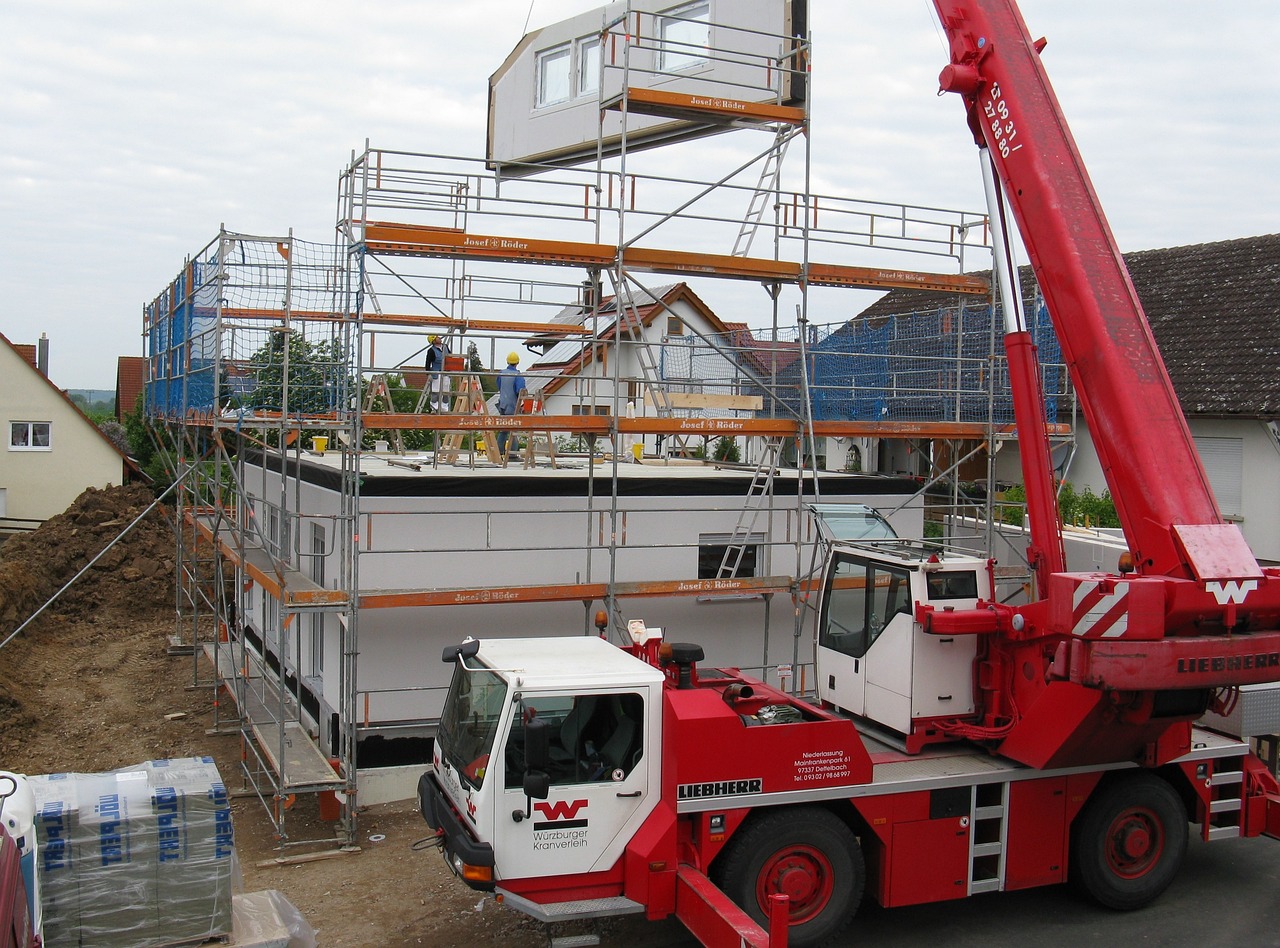
Construction Process
Work with the manufacturer or builder to select a design and customize the features of your prefab home. The components of your home are built in a factory setting, where they are protected from weather-related damage. They are then transported to the site and assembled according to the manufacturer’s specifications. Once the home is assembled, finishing touches such as plumbing, electrical, and interior finishes are added.
Resale Value and Financing
Prefab homes can have varying resale values depending on location, design, and housing market. Obtaining financing for prefab homes is similar to traditional homes, but working with lenders familiar with this type of housing is important.
Conclusion
Prefabricated homes offer a modern, efficient, and customizable housing solution. Understanding the construction process and potential benefits allows you to decide whether a prefabricated home fits your housing needs and preferences.

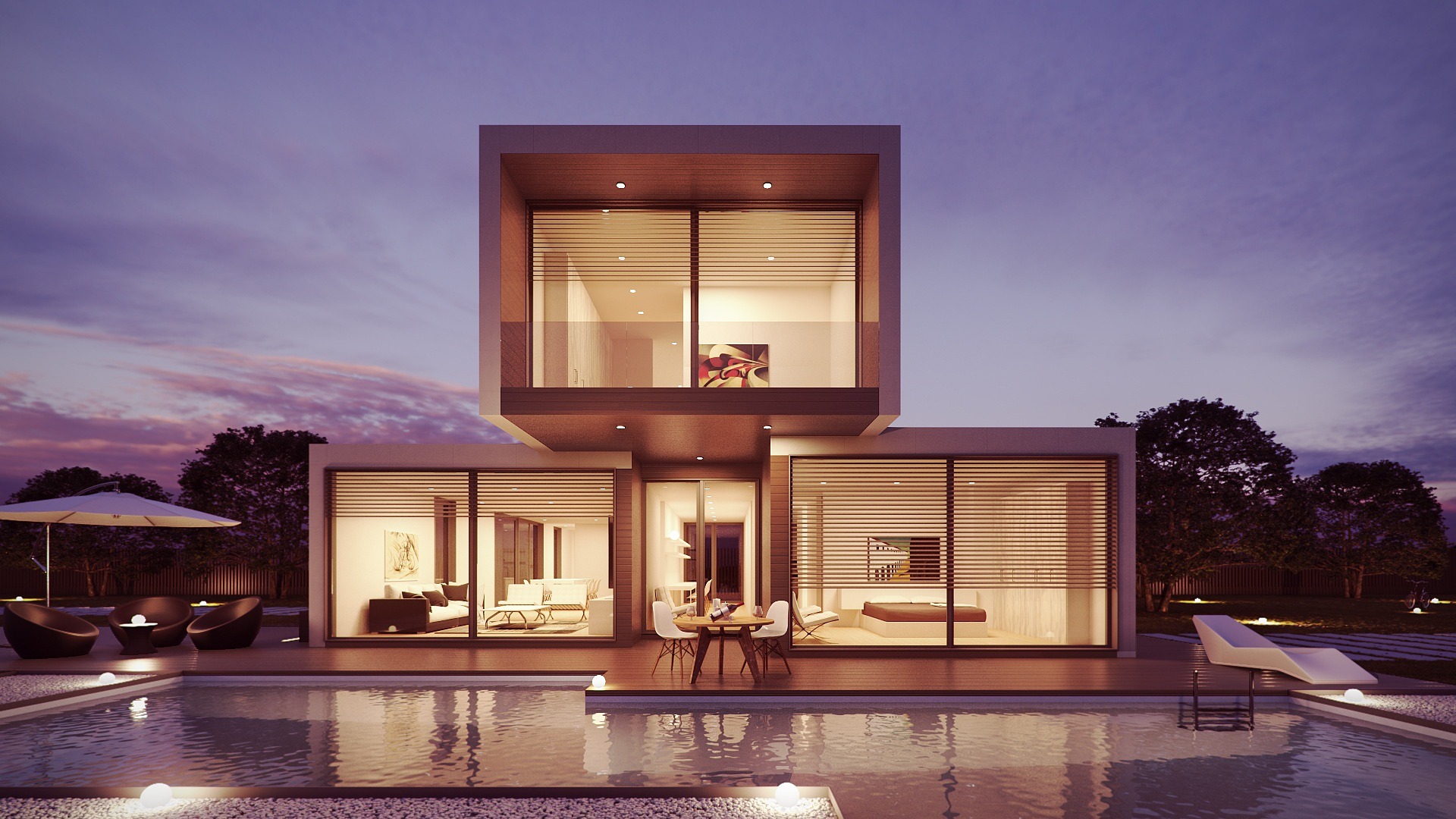
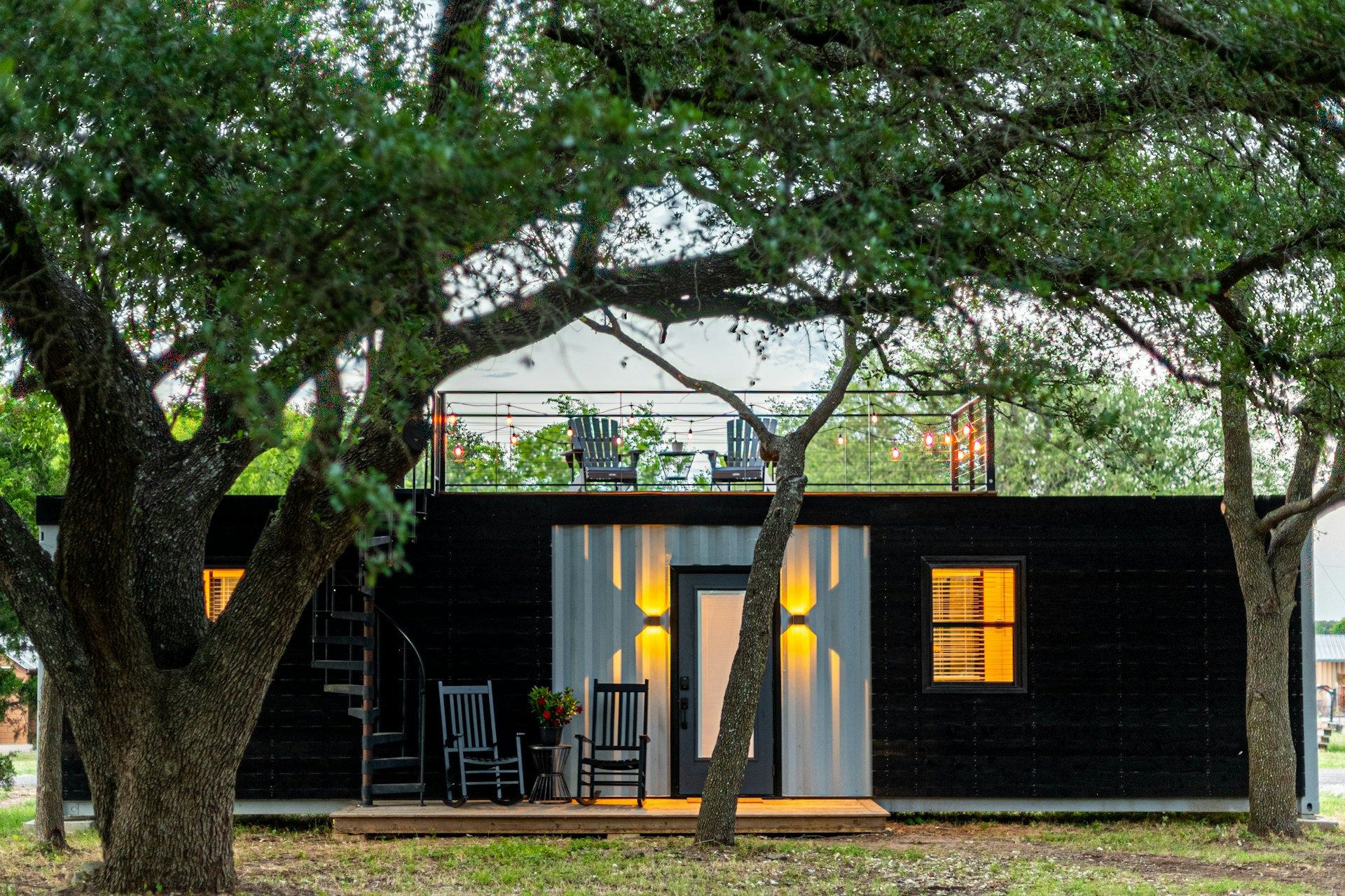
 Picture yourself perched high among the trees, with branches swaying gently in the breeze around you. Treehouse-inspired tiny house plans offer a whimsical and enchanting retreat for all true nature lovers seeking a unique living experience. These designs often feature elevated platforms, wrap-around decks, and huge windows that provide breathtaking views of the surrounding forest canopy.
Picture yourself perched high among the trees, with branches swaying gently in the breeze around you. Treehouse-inspired tiny house plans offer a whimsical and enchanting retreat for all true nature lovers seeking a unique living experience. These designs often feature elevated platforms, wrap-around decks, and huge windows that provide breathtaking views of the surrounding forest canopy. 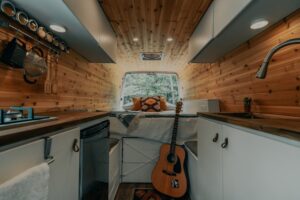 With floor-to-ceiling windows, this design invites the surrounding environment to become part of your living space. Feel like you’re living in harmony with nature while still enjoying modern amenities within a sleek and minimalist interior. Whether it’s nestled in a lush forest or overlooking a serene lake, the Glass House allows you to immerse yourself fully in the sights and comforting sounds of the great outdoors from the comfort of your own home.
With floor-to-ceiling windows, this design invites the surrounding environment to become part of your living space. Feel like you’re living in harmony with nature while still enjoying modern amenities within a sleek and minimalist interior. Whether it’s nestled in a lush forest or overlooking a serene lake, the Glass House allows you to immerse yourself fully in the sights and comforting sounds of the great outdoors from the comfort of your own home. 

 Working from home will mean you lose the ability to stretch your legs and get up to walk around the office, or just to chat with coworkers. Although you might think you can still walk a few steps a day, the reality is that you won’t be doing so all day. A standing desk that can be raised or lowered is a good investment for your back, hips, and overall health.
Working from home will mean you lose the ability to stretch your legs and get up to walk around the office, or just to chat with coworkers. Although you might think you can still walk a few steps a day, the reality is that you won’t be doing so all day. A standing desk that can be raised or lowered is a good investment for your back, hips, and overall health. You need a place to keep your cute dog photo? You might also need a place to store books. Floating shelves look great and leave plenty of space for storage. You will likely need your phone charger and computer throughout the day. Instead of reaching for your phone under your desk to find one, get a cable organizer. This attaches to your desk to keep your chargers organized.
You need a place to keep your cute dog photo? You might also need a place to store books. Floating shelves look great and leave plenty of space for storage. You will likely need your phone charger and computer throughout the day. Instead of reaching for your phone under your desk to find one, get a cable organizer. This attaches to your desk to keep your chargers organized.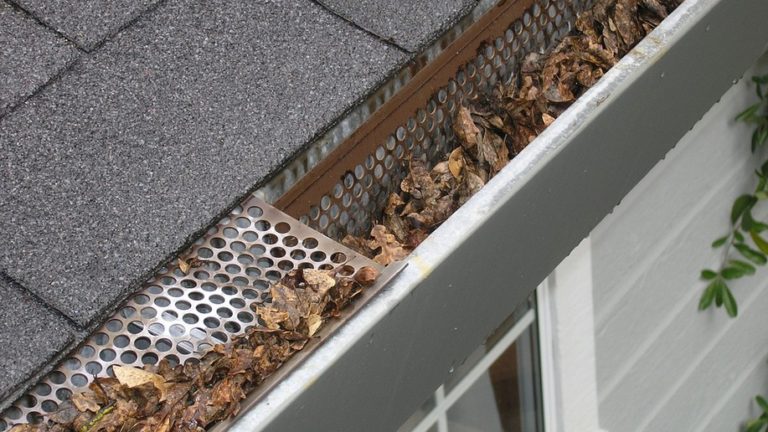
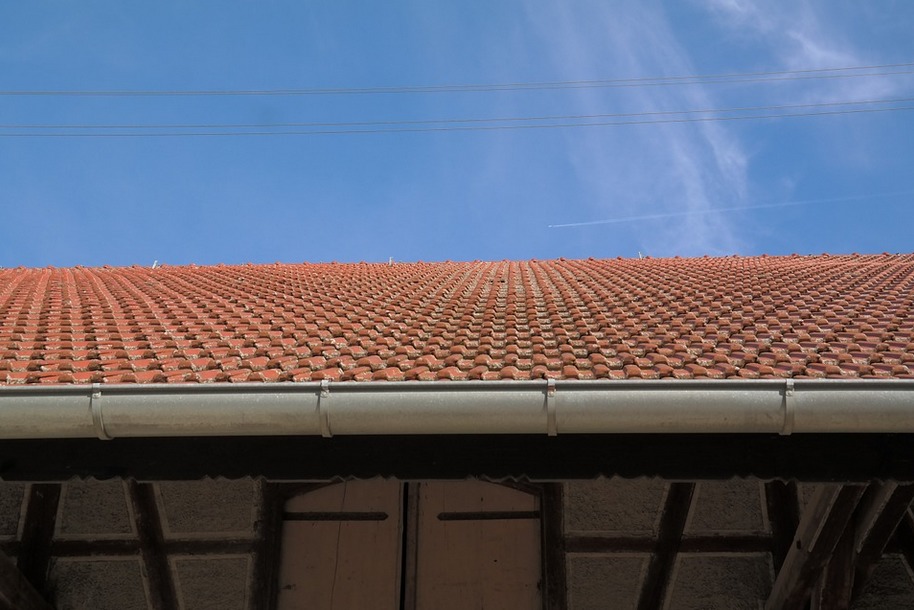
 Many factors affect the durability of apron protectors, but the most critical one is the material. These materials determine whether the product can withstand extreme weather conditions. If you live in an area where temperatures drop most of the year, plastic gutter guards are a better choice. Metal gutter guards, especially steel or aluminum, have a longer life expectancy. Choosing the suitable material still depends on your house’s exterior look and the gutter type installed on your roof.
Many factors affect the durability of apron protectors, but the most critical one is the material. These materials determine whether the product can withstand extreme weather conditions. If you live in an area where temperatures drop most of the year, plastic gutter guards are a better choice. Metal gutter guards, especially steel or aluminum, have a longer life expectancy. Choosing the suitable material still depends on your house’s exterior look and the gutter type installed on your roof.